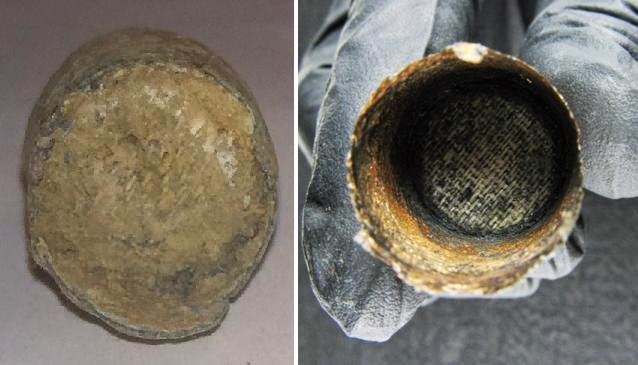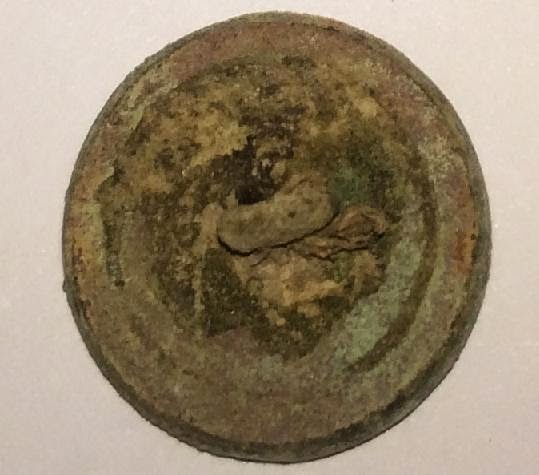I'll begin with the construction. It strongly resembles Garrett's ProPointer, the gold standard in the handheld pointer market. The hard plastic exterior seems robust, and should hold up well. For accessories, it comes with a fairly standard belt holster, four "tip caps" (more on these later), and a coiled lanyard. The lanyard seems like a great idea, but I didn't use it for this review, and I'll tell you why. Although the keychain rings on the lanyard are metal, the snap-clip is a pretty chintzy feeling plastic. It was the only part of the packaging that I felt appeared weak, and since I was using Keith's pinpointer, I didn't want to break it and left the lanyard at the truck. I will probably replace it with a sturdier clip at some point.
We spent a day out detecting at two different sites, one with good non-mineralized soil, and the second that I would describe as moderate to high mineralization. The number one catch phrase that caught my attention about the X-Pointer was - "I can't get it to false!" And I will give that statement a qualified "true." As far as pushing, twisting, scraping the pinpointer in the hole, I absolutely could NOT get it to false. Not a chirp. Remember those tip caps I told you about? At first I thought they were a neat but unnecessary add on. After using it for a day, I can see why they were included. Since it doesn't false from pressure, you really can use the pinpointer to scratch around in the dirt with pretty good force. That's probably what most impressed me from the X-Pointer, and I really feel it's what makes this unit a step above the competition.
Now I did say that "I can't get it to false" was true to a certain point, and here's the limitation. The X-Pointer is fairly unique in that it's a pulse induction pinpointer, and that would lend one to believe that it would be unaffected by ground mineralization. I didn't find that to be the case. While the unit worked great in the neutral field on full sensitivity, the hot-ground field would still cause some falsing on just clay. The falsing was worst when more of the shaft was in contact with the dirt, rather than just the tip. I tried the "ground balancing" technique that I use with my Garrett ProPointer, and the result was the same - the falsing went away, but took with it much of the depth and sensitivity. Unlike the ProPointer, however, the X-Pointer offers another solution. I simply turned the sensitivity level down from four (max) to two in the hot-ground field, and voila! No more falsing. The depth decreased a little from the maximum setting, but not nearly the same extent as when ground balanced. So again, one more point in the X-Pointer's column.
Alright now lets get down to brass tacks. Retail price? $89.00. Compare that to the $130-ish for the Garret, and even more for the Minelab. Wow. Enough said.
To recap - Doesn't false from pressure for extreme use. Adjustable sensitivity for hot ground. Easy to use. Depth comparable to the others on the market. And a better price. The ONLY question mark remaining is the longevity, and that we'll have to wait to see. So for now, I'm sold on the X-Pointer. It would make a great addition to any detectorists arsenal, and my first recommendation for new hobbyists. Well done, Deteknix, and thank you for a great product that I look forward to using as my primary handheld unit for years to come. If you're so inclined, head on over to Fort Bedford and pick up one for yourself.





































